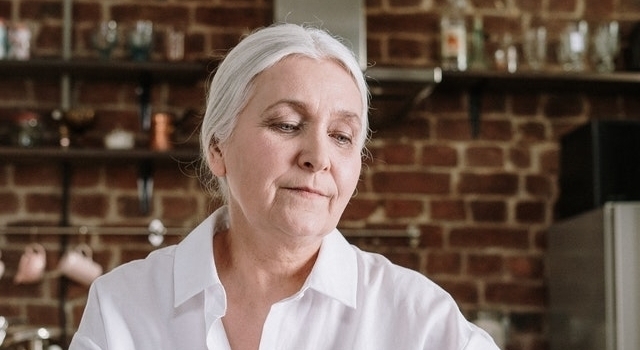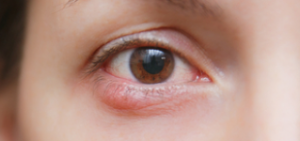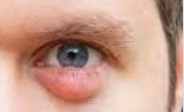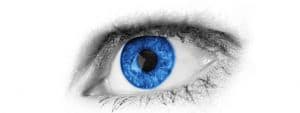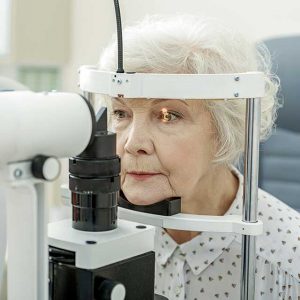Ectropion affects around 2% of adults over 60.
As you age, the muscles around your eyes begin to weaken. This can lead to eyelid drooping or sagging and affect your quality of life.
The activities you once enjoyed may be difficult when your eyes are watery or sore. Reading, driving, socializing with friends, applying makeup and even watching television can lose their appeal when your eyes are uncomfortable. Fortunately, ectropion can be effectively treated.
Let’s first understand what is ectropion
Ectropion is an eyelid condition that causes the eyelid — most commonly the lower eyelid— to turn outward or sag.
The outward sagging of the eyelid leads to exposure of the eyelid’s inner surface and a range of uncomfortable symptoms. With severe ectropion, the entire eyelid turns outward, while the less severe forms affect only part of the eyelid.
Symptoms of ectropion
Since ectropion exposes the inner lining of the eyelid, eye irritation, discomfort and a noticeable appearance can impact your quality of life.
In addition, ectropion can lead to dry eye symptoms, mainly due to diminished tear film quality. In a healthy eye, the tear film covers the surface of the eye to protect the eye from foreign particles, maintain moisture and keep the eye healthy. The tears continuously rehydrate the eye as old tears drain out and new tears are produced.
When the eyelid pulls away from the eye, the tears are unable to effectively drain out of the eye. This can cause excessive tearing, while also producing other uncomfortable symptoms.
The most common signs and symptoms include:
- Watery eyes
- Dry eyes
- Sore eyes
- Red eyes
- Light sensitivity
Contact an eye doctor near you if you are experiencing any of the symptoms above or if you notice any changes in your eyelids.
SEE RELATED: Myokymia (Eye Twitch)
What causes ectropion?
Ectropion can develop from a number of different causes, including:
- Eyelid muscle weakness from aging. This is the most common cause. As we age, the muscles and tendons under the eyes that hold the eyelid tight, begin to weaken.
- Facial paralysis. Bell’s palsy and certain types of facial tumors can paralyze the nerves and muscles in the eyelid.
- Previous surgeries or trauma. Eyelid skin that has been damaged or removed can affect the position of the eyelid against the eye.
- Eyelid growths. Any type of growth on the eyelid can impact the way the eyelid rests against the eye.
- Genetic disorders. Although uncommon, Down syndrome is a genetic disorder that has been associated with ectropion.
Who is at risk for developing ectropion?
The following factors can increase your risk of ectropion:
- Age
- Long term use of specific eye drops
- Skin conditions that affect the eyelid
- Eyelid trauma
- Previous eyelid surgery
- Floppy eyelid syndrome
- Repeated eyelid pulling
- Frequent eyelid rubbing
Is ectropion dangerous?
Ectropion poses a risk to the cornea and often leads to dry eye and corneal irritation. If left untreated, vision threatening corneal abrasions and ulcers can occur.
Seek emergency care if you have ectropion and you experience any of the following symptoms:
- Sudden vision loss
- Light sensitivity
- Increasing redness in your eyes
These are signs that your cornea may be at risk. Immediate medical attention is necessary to prevent permanent vision loss.
LEARN MORE: Guide to Dry Eye
If you have noticed any changes in the appearance of your eyelids, schedule an appointment with an eye doctor near you for a proper diagnosis and effective treatment plan.
Ectropion affects 1 in 50 of all adults over 60. Early detection of this condition can prevent further complications and vision loss from corneal damage.

